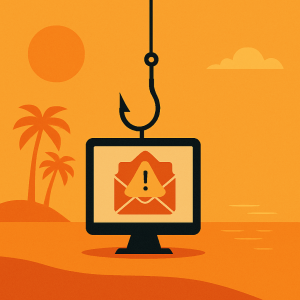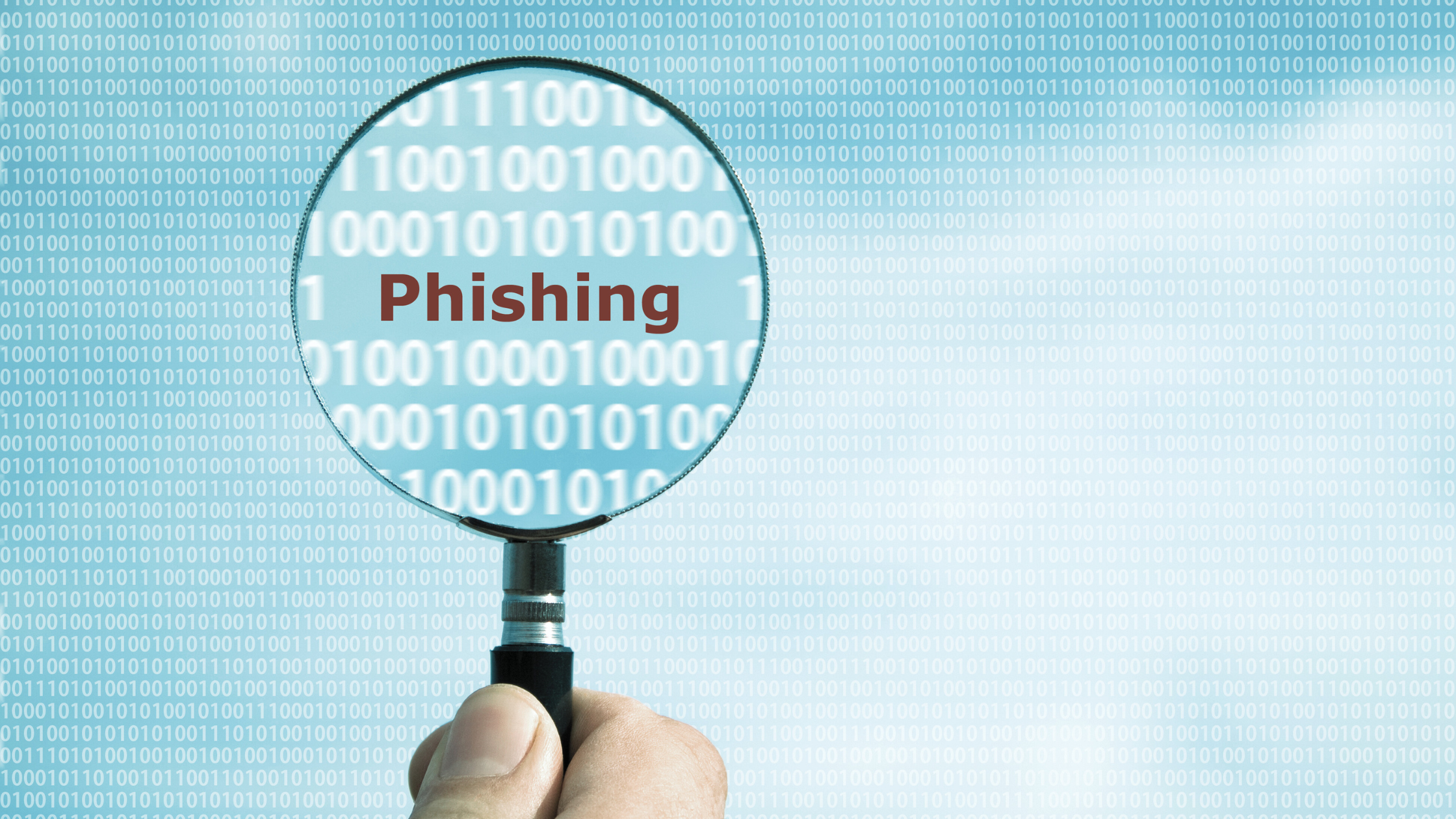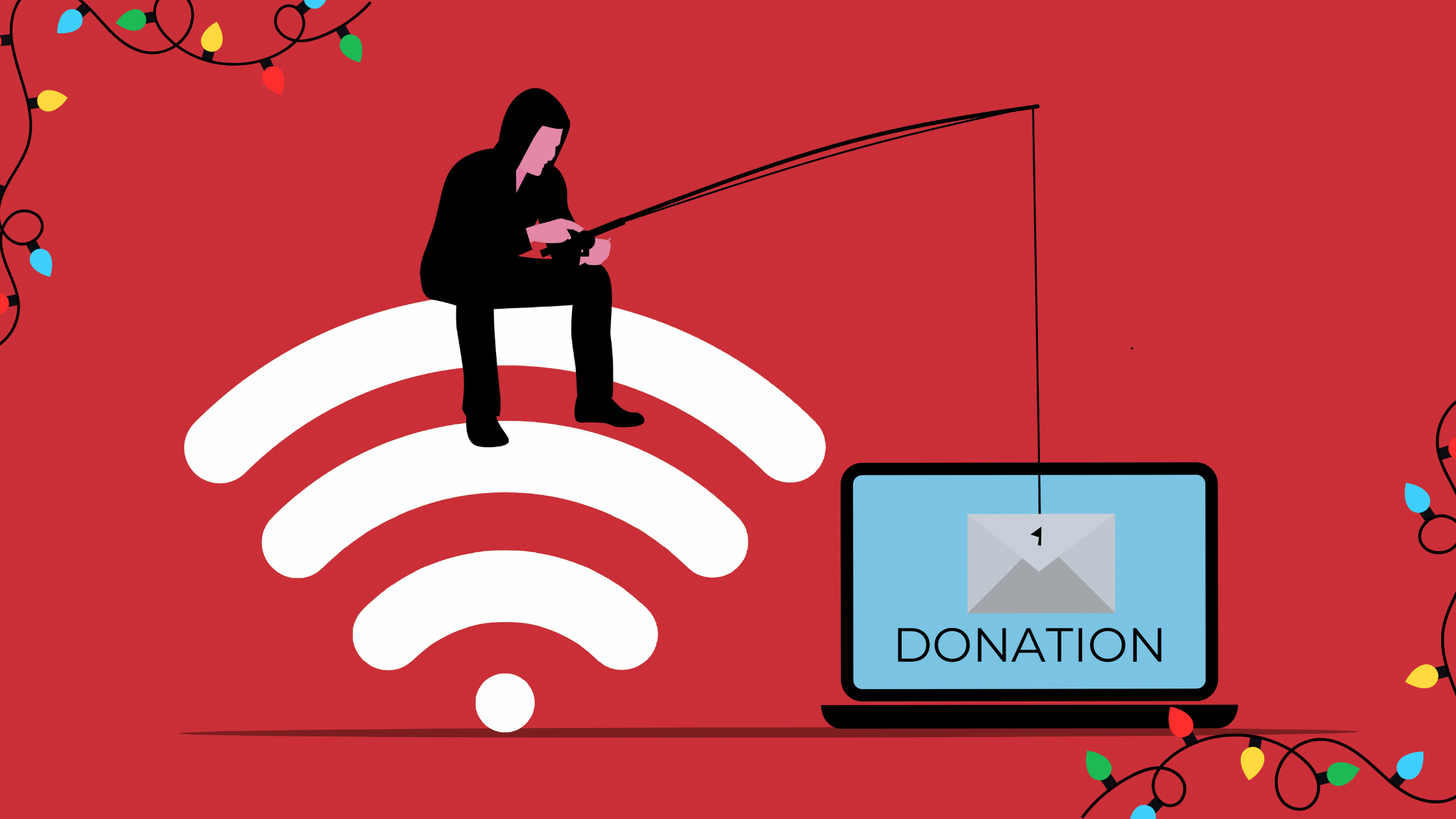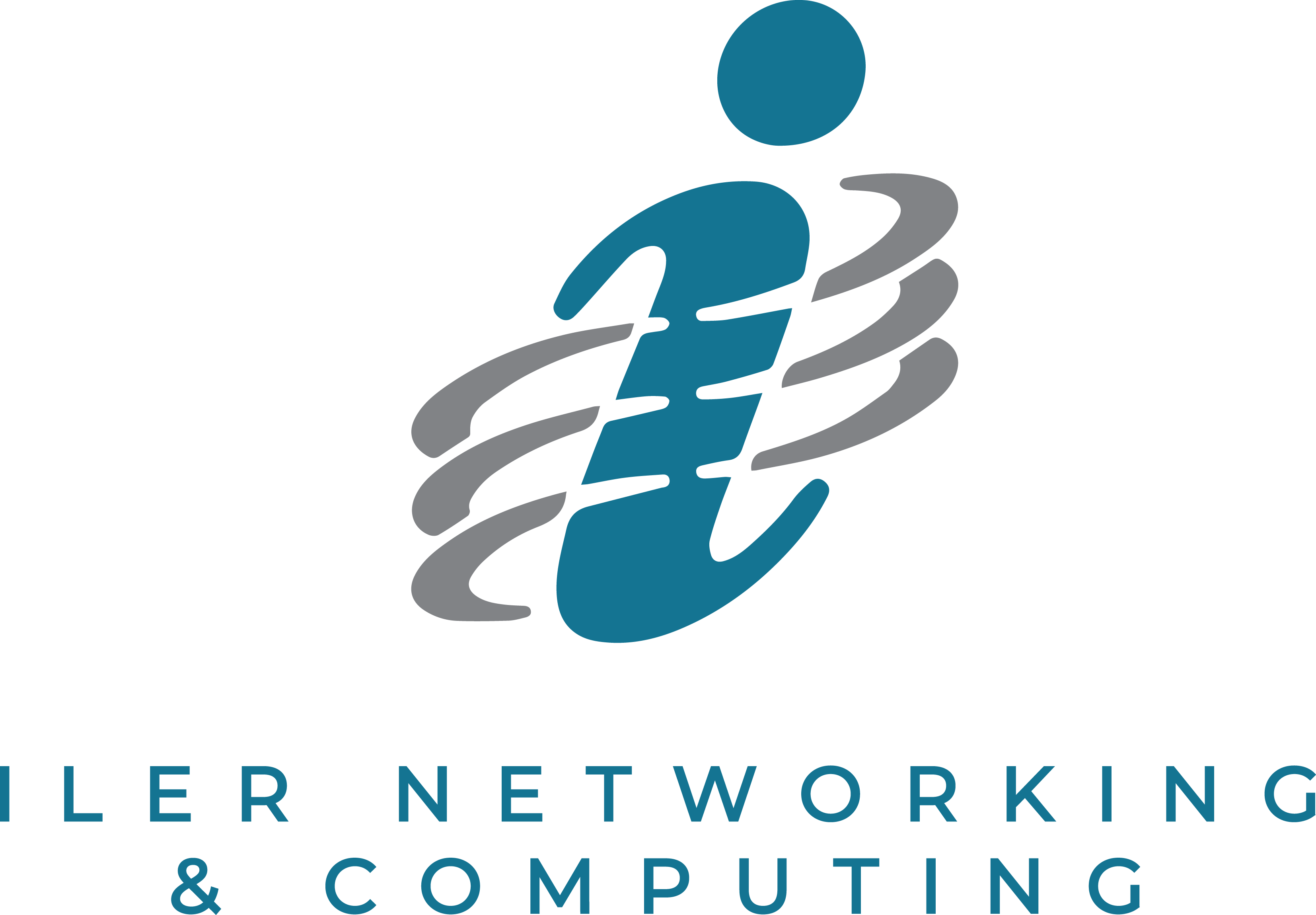 Why Phishing Attacks Spike in August
Why Phishing Attacks Spike in August
Your employees may be back from vacation and catching up on work, but cybercriminals never take a day off. In fact, multiple studies from vendors like ProofPoint and Check Point confirm that phishing attacks spike in August and throughout the summer months. These attacks are designed to take advantage of seasonal behaviors like travel booking, back-to-school preparation, and the post-vacation rush—making small and midsize businesses (SMBs) particularly vulnerable.
If you’re not actively preparing your team for this heightened risk, you could be leaving the door wide open for cybercriminals.
Why the Risk Rises in Late Summer
Hackers are opportunistic by nature. They know when people are most distracted, and they exploit that. Two major trends drive the spike in August:
-
Travel-Related Phishing
Check Point Research uncovered a staggering 55% increase in vacation-related website domains registered in May 2025 compared to the year before. Of the 39,000+ new domains, one in every 21 was flagged as suspicious or outright malicious. These fake domains often mimic legitimate sites like Airbnb, Expedia, or well-known hotel brands, tricking users into entering payment information or login credentials.Employees planning vacations may access these sites from their work devices, unwittingly giving hackers an entry point into your business network.
-
Back-to-School Scams
Late summer also means an uptick in emails imitating universities, schools, and educational vendors. These phishing attempts target students, parents, and staff alike. Even if your company doesn’t work in education, your employees may still be impacted—whether they’re pursuing a graduate degree or enrolling their children in classes. One wrong click from a work device could compromise your business’s entire IT environment.
How AI Is Making Phishing More Dangerous
It used to be easier to spot phishing attempts—poor grammar, awkward formatting, and generic messages were the norm. But with the rise of artificial intelligence, those giveaways are disappearing.
-
Polished Writing: Hackers use AI to generate professional-looking emails that mimic corporate communications.
-
Personalized Attacks: Cybercriminals scrape social media or company websites to customize phishing emails, making them appear more authentic.
-
Faster Scale: AI allows attackers to launch thousands of convincing campaigns in minutes, increasing the likelihood of success.
This means businesses can no longer rely on employees to spot scams based only on “obvious” errors. Training and layered security are now essential.
The Cost of Falling for a Phishing Attack
The financial impact of a phishing attack goes far beyond the initial breach. According to IBM’s Cost of a Data Breach Report 2024, the average breach costs $4.88 million. For small businesses, even a fraction of that number could be devastating.
Costs typically include:
-
Downtime: Hours or days of lost productivity.
-
Reputation Damage: Customers may lose trust if their data is compromised.
-
Legal Fees & Compliance Fines: Especially for businesses handling sensitive data like healthcare or financial records.
-
Ransom Payments: If ransomware is involved, attackers may demand six-figure payments.
In fact, 60% of SMBs that experience a major cyberattack close within six months. The stakes couldn’t be higher.
How to Protect Your Business from August Phishing Attacks
Here are proactive steps your team should be taking:
-
Scrutinize All Emails
Train employees to look beyond the subject line. Check sender addresses, hover over links, and verify unusual requests before responding. -
Double-Check Website URLs
Scammers often use domain names with slight misspellings or unusual endings (like.infoor.today). Encourage employees to always type the site address directly into their browser instead of clicking on links. -
Use Multi-Factor Authentication (MFA)
MFA adds a critical layer of protection. Even if credentials are stolen, MFA prevents hackers from logging in without a second verification factor. -
Secure Public Wi-Fi Access
Require employees to use a VPN if they must connect to company systems over public Wi-Fi while traveling. -
Separate Work and Personal Accounts
Employees should avoid using work devices to check personal email or social media. This reduces the risk of personal phishing attacks spilling over into company systems. -
Deploy Endpoint Detection and Response (EDR)
Ask your Managed Service Provider (MSP) about implementing EDR. These tools can detect, block, and alert you to malicious activity on desktops, laptops, and mobile devices—dramatically limiting the damage of a successful phishing attempt.
Building a Culture of Cyber Awareness
Technology alone can’t stop every attack—your employees are your first line of defense. Ongoing cybersecurity awareness training is essential. Teach your team how to spot suspicious messages, encourage them to report concerns immediately, and run phishing simulations to keep skills sharp.
When knowledge and technology work hand-in-hand, businesses create a powerful shield against evolving cyber threats.
The Bottom Line
Phishing attacks spike in August for a reason—hackers know employees are distracted, traveling, or juggling back-to-school tasks. Combined with the sophistication of AI-driven phishing campaigns, this seasonal surge poses a major risk to SMBs.
The good news is that with proactive training, MFA, endpoint security, and expert IT support, you can keep your business safe.
Don’t wait for an attack to happen. Book your FREE Cybersecurity Assessment today and start the season secure.
Additional Resources
-
Learn how we’ve helped other businesses strengthen their defenses in our Cybersecurity Services page
-
For deeper insights into phishing trends, check out Check Point’s latest research







